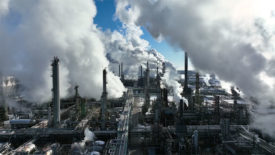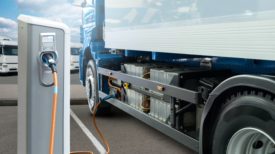Sustainability in Health and Safety
Leak detection and repair crucial maintenance practices
Read More
Wildfire clean-up crews face multiple health risks
Hazards include toxic inhalation, harmful pollutants, heat exposure
November 8, 2022
Can your company get canceled for hidden Russian connections in the supply chain?
5 ways to improve the ESG standings for your business and help reduce risk
October 13, 2022
Never miss the latest news and trends driving the safety industry
eNewsletter | Website | eMagazine
JOIN TODAYCopyright ©2024. All Rights Reserved BNP Media.
Design, CMS, Hosting & Web Development :: ePublishing











